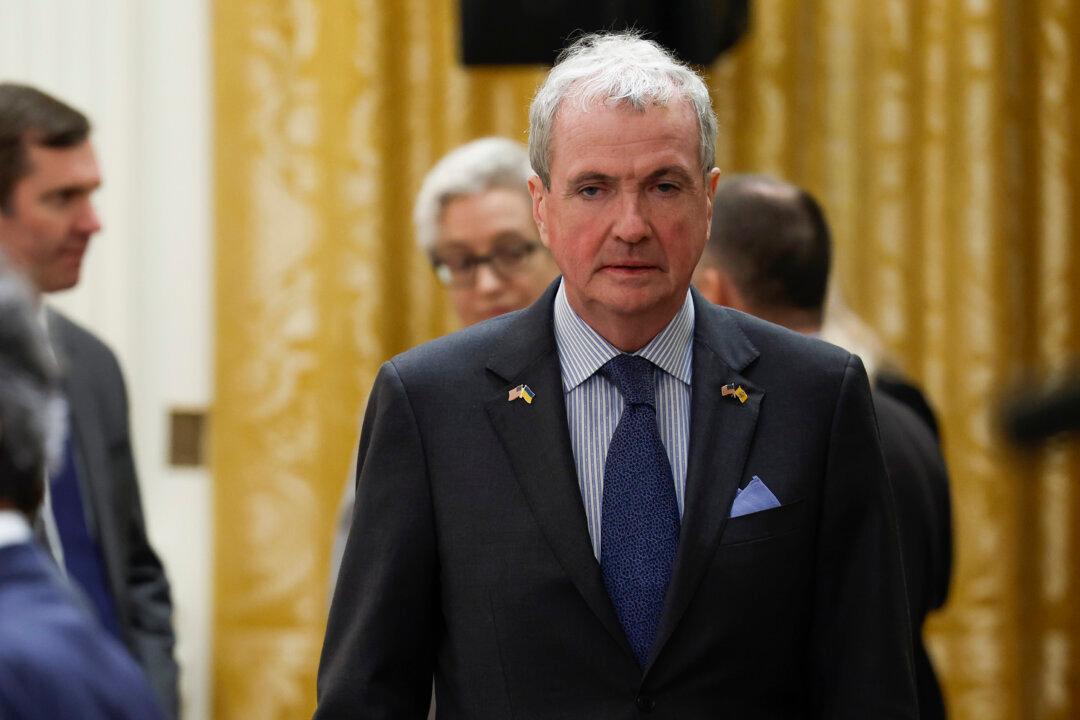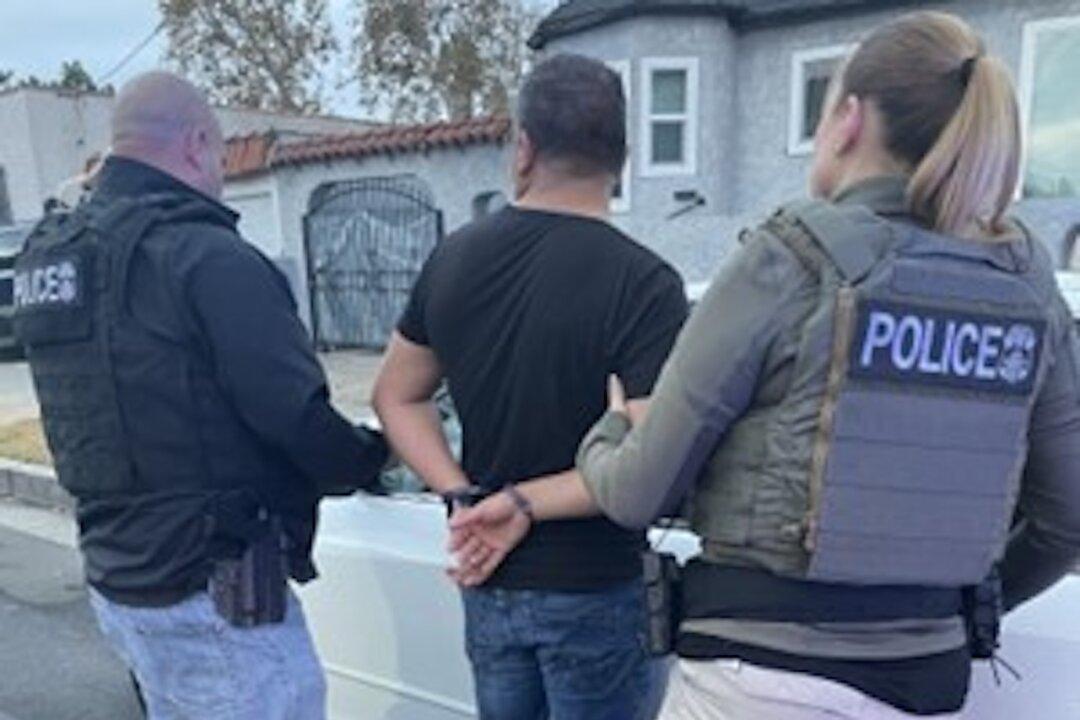U.S Customs and Border Protection (CBP) announced on Aug. 1 that it seized more than a half a ton of fentanyl, approximately 4 million pills, at the Port of Lukeville, Arizona—the largest singular fentanyl seizure in CBP history. The seizure occurred when a 20-year-old U.S. citizen and a resident of Arizona arrived at the Port driving a pick-up truck. His truck was also hauling a utility trailer with a sport recreational vehicle on it.
During a thorough inspection of the truck, trailer, and recreational vehicle, CBP officers noticed the frame of the trailer had anomalies, according to the CBP.





